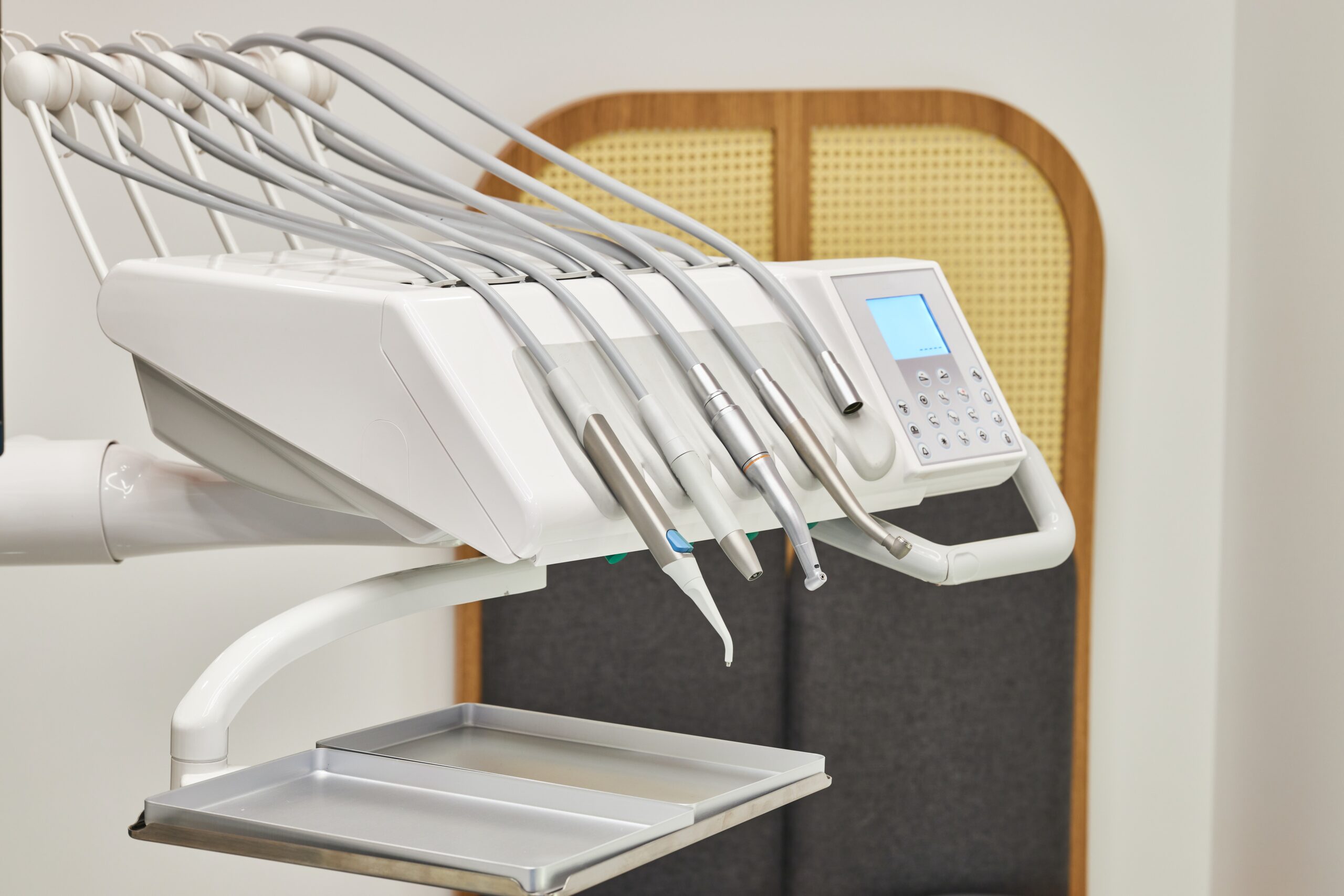When it comes to dental procedures, one common concern among patients is whether or not getting a dental filling will hurt. The fear of pain can often deter individuals from seeking necessary dental treatment, but it is important to understand that dental fillings are typically a painless and routine procedure.
Before we delve into the specifics of the process, it is essential to remember that dentists prioritize patient comfort and take necessary measures to minimize any potential discomfort. With the use of local anesthesia and modern techniques, the experience of getting a dental filling has become much more comfortable than ever before.
The Dental Filling Procedure
The dental filling procedure involves several steps:
- Numbing the Area: Before the dentist begins the procedure, they will administer a local anesthetic to numb the area around the affected tooth. This ensures that you will not feel any pain during the treatment.
- Removing Decay: Once the area is numb, the dentist will use specialized tools to remove the decayed portion of the tooth. This process helps in preventing the further spread of decay and prepares the tooth for the filling.
- Applying the Filling: After the decay is removed, the dentist will clean the area thoroughly and apply the chosen filling material. This can be composite resin, amalgam, or any other material that suits your specific needs. The filling material is carefully placed and shaped to restore the natural form and function of the tooth.
- Polishing and Finishing: Once the filling is in place, the dentist will polish it to ensure a smooth and natural appearance. They will also check your bite to ensure that it is comfortable and make any necessary adjustments.
Minimizing Discomfort
As mentioned earlier, dentists take several measures to minimize discomfort during the dental filling procedure. The local anesthesia effectively numbs the area, ensuring that you do not feel any pain during the treatment. Dentists also use advanced techniques and instruments to make the process as comfortable as possible.
It is important to communicate with your dentist throughout the procedure. If you experience any discomfort, let them know immediately so that they can make the necessary adjustments.
Aftercare
After getting a dental filling, it is normal to experience some sensitivity or mild discomfort for a few days. This is temporary and should subside on its own. Avoid consuming extremely hot or cold foods during this time, and maintain good oral hygiene habits by brushing and flossing regularly.
Conclusion
Getting a dental filling is a routine procedure that is typically painless. Dentists prioritize patient comfort and take necessary measures to ensure a comfortable experience. By understanding the process and communicating with your dentist, you can alleviate any concerns and maintain optimal oral health.

